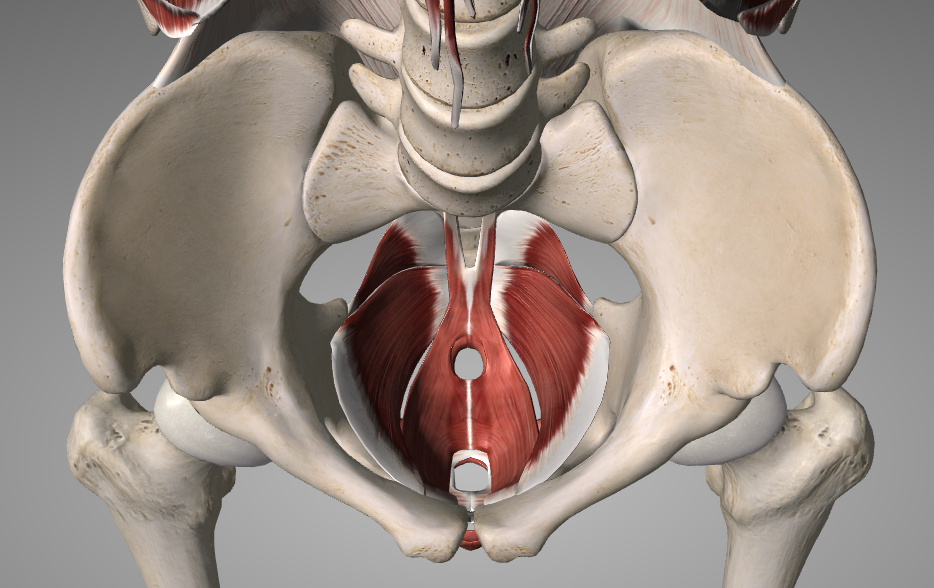How to Manage Pelvic Floor Dysfunction After Childbirth
Childbirth is a life-changing experience for any woman, and it can take a toll on the body. One of the most common issues that women face after childbirth is pelvic floor dysfunction. Pelvic floor dysfunction can cause a range of uncomfortable symptoms, such as urinary incontinence, pelvic pain, and discomfort during sex. However, there are steps that you can take to manage pelvic floor dysfunction after childbirth. In this article, we will discuss some tips on how to manage pelvic floor dysfunction after childbirth.
Understanding Pelvic Floor Dysfunction:
Pelvic floor dysfunction refers to a range of symptoms that are caused by weak or tight pelvic floor muscles. These muscles support the bladder, uterus, and rectum, and when they are weak or tight, it can cause a range of symptoms. Some of the most common symptoms of pelvic floor dysfunction include:
- Urinary incontinence
- Pelvic pain
- Painful sex
- Constipation
- Difficulty emptying the bladder
Managing Pelvic Floor Dysfunction:
Pelvic Floor Exercises:
The pelvic floor exercises are also called as the Kegel exercises. These are effective and simple ways to strengthen your pelvic floor muscles. The exercises involved relaxing and contracting your pelvic floor muscles, which can improve muscle tone and help to reduce symptoms of pelvic floor dysfunction. It is important to note that it can take several weeks or even months of regular pelvic floor exercises to see an improvement in symptoms.
Biofeedback:
Biofeedback is a technique that involves using electronic sensors to monitor the activity of the pelvic floor muscles. This technique can be helpful in teaching women how to properly contract and relax their pelvic floor muscles. Biofeedback can be done in a healthcare provider's office or at home using a special device.
Lifestyle Changes:
Making some lifestyle changes can also help to manage pelvic floor dysfunction after childbirth. For example, losing weight can reduce pressure on the pelvic floor muscles, which can improve symptoms. Additionally, avoiding constipation by eating a healthy, high-fiber diet and staying hydrated can also help to reduce symptoms.
Medications:
In some cases, medications may be prescribed to manage symptoms of pelvic floor dysfunction. For example, medications that help to relax the bladder can be helpful in managing urinary incontinence. However, it is important to talk to your healthcare provider before taking any medications.
Surgery:
In some cases, surgery may be necessary to manage symptoms of pelvic floor dysfunction. For example, if pelvic organ prolapse is causing symptoms, surgery may be necessary to repair the pelvic floor muscles. However, surgery is typically a last resort and is only recommended if other treatments have not been effective.
Conclusion:
Pelvic floor dysfunction after childbirth can be a challenging issue to manage, but there are steps that you can take to improve your symptoms. By practicing pelvic floor exercises, using biofeedback, making lifestyle changes, and talking to your healthcare provider about medications or surgery, you can manage your symptoms and improve your quality of life. If you're experiencing symptoms of pelvic floor dysfunction after childbirth, don't hesitate to talk to your healthcare provider.
Other recommended posts






Comments
Post a Comment